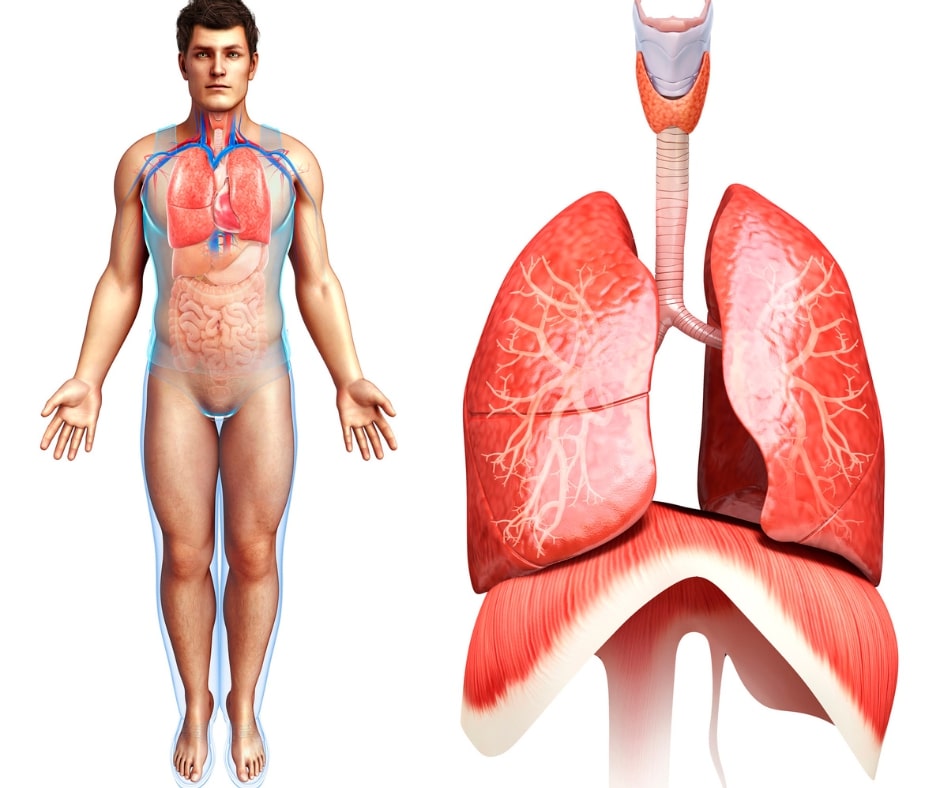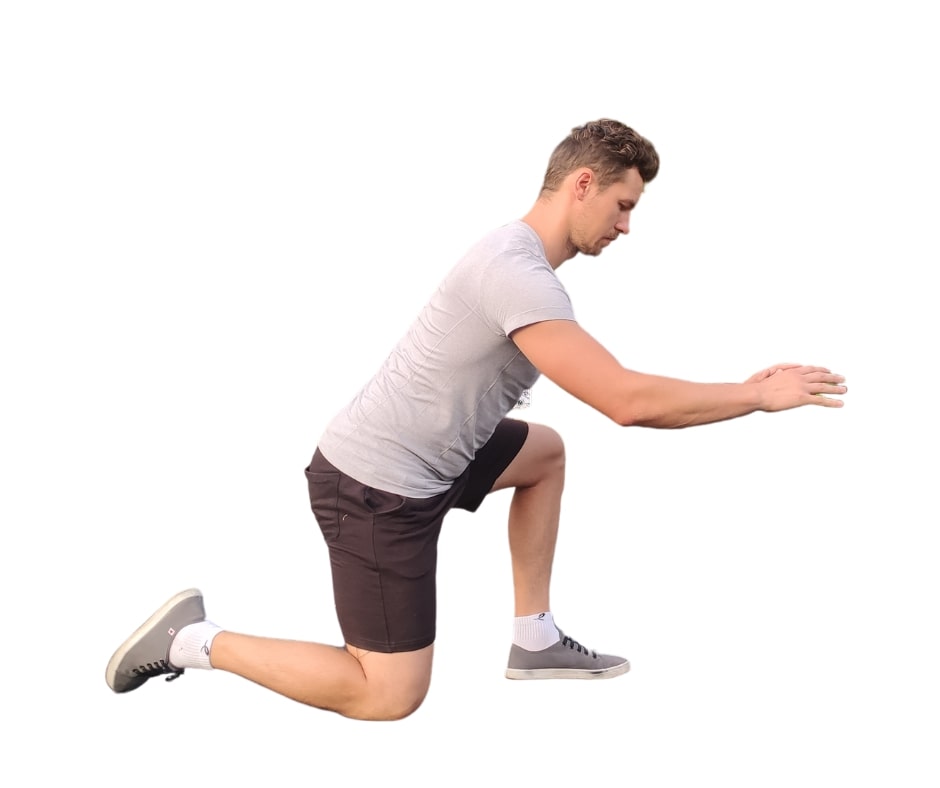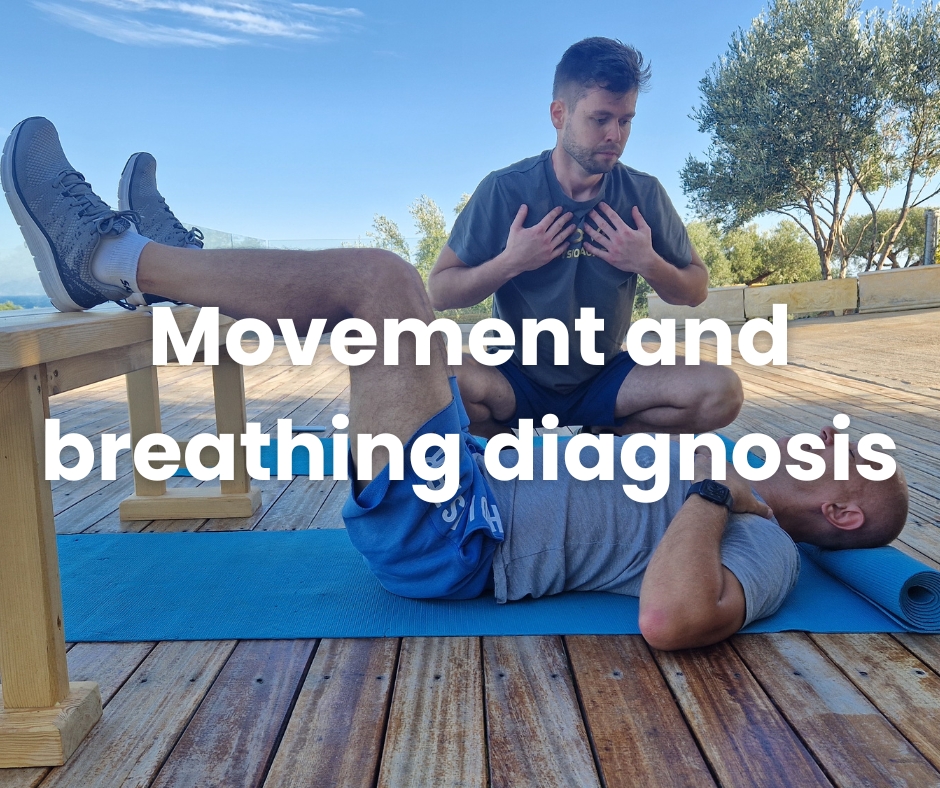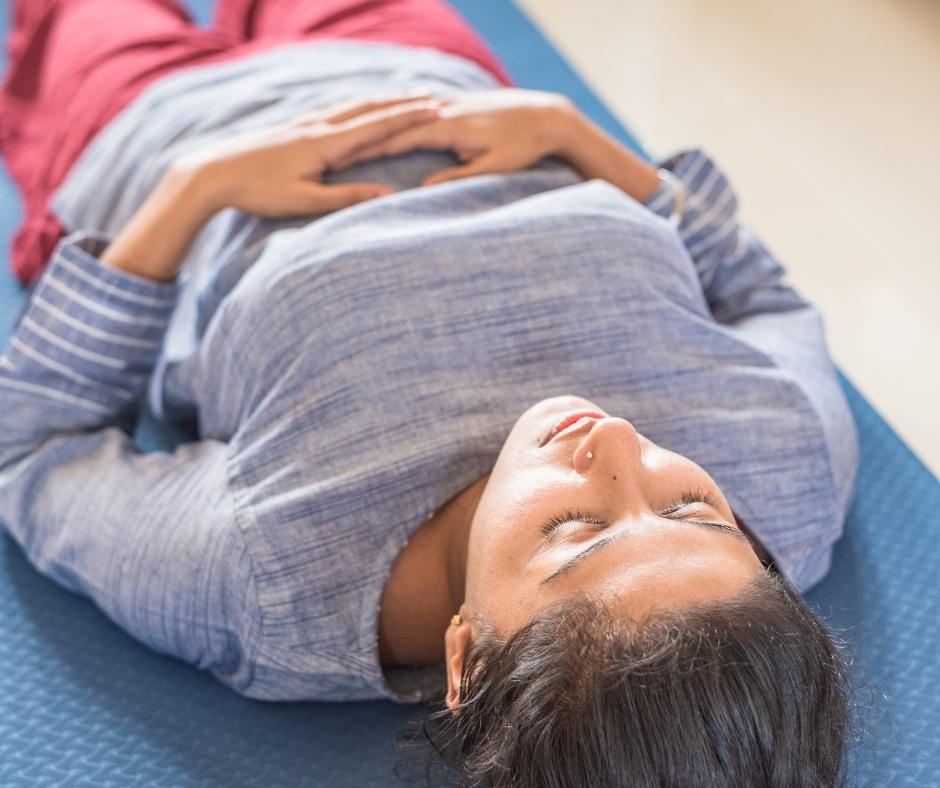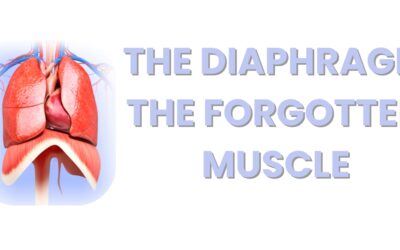Not just breathing muscle
“The diaphragm breathing muscle is required to perform respiration and to maintain postural control and stabilization during movement. When the muscles work in balance, ideal intra-abdominal pressure is activated to protect the lumbar spine.”
Diaphragmatic breathing and its function explained by a physiotherapist
In today’s post, you´re going to learn all the most important things about diaphragm and diaphragmatic breathing.
In fact:
These are the most common things you should know about diaphragmatic breathing, however this kind of breathing has a huge impact on your health, stress relief, sport performance, focus and reducing anxiety.
Content
Let’s dive right in.
1. Breathing stereotypes [Which is better chest or belly breathing?]
2. What is diaphragm [Is diaphragmatic breathing good for anxiety]
3. How can I strengthen my diaphragm [Intra-abdominal pressure]
4. Correct diaphragmatic breathing
5. More energy thanks to diaphragm
6. How do you perform diaphragmatic breathing? [Is belly breathing good for you?]
7. How do you fix diaphragm breathing?
8. Diaphragmatic breathing exercise
9. What is the best way to breathe?
1. Breathing stereotypes explained
[Which is better chest or belly breathing?]
To better understand the diaphragmatic breathing pattern I always start with the explanation of 3 main fundamental stereotypes of breathing.
So, here it is.
First one is upper thoracic type of breathing or high chest breathing – it´s the most common type of breathing during the stressful situations or in persons with sedentary job.
These breathing stereotypes are the most dangerous and unnatural for human being.
It´s a root of the many problems in the trapezius muscles, neck muscles and it can create a lot of pain in other parts of the body.
Second one is middle type of breathing – lower thoracic between the diaphragm and the 5th thoracic vertebra.
As a physiotherapist, this is the most common type of breathing stereotype I come across.
It is not completely incorrect but there is the better waye of breathing that is the most useful and natural for humans.
The third one it´s lower – abdominal stereotype of breathing.
From diaphragm to the pelvic floor.
The correct breathing should be light, slow and diaphragmatic, and of course through the nose during rest.
To understand the diaphragmatic breathing it´s necessary to know what the diaphragm is and how it works in our bodies.
But, I hope you can realize now, that chest breathing is something you should avoid.
2. What is diaphragm?
[Is diaphragmatic breathing good for anxiety?]
Diaphragm is our primary breathing muscle and its shaped like a parachute.
It is located just below the lungs and heart and it has big importance in the stabilization and correct position of the body.
The diaphragm is a thin skeletal muscle which separates the abdominal cavity from the thoracic cavity (chest).
The movement of the diaphragm is controlled by phrenic nerve, which runs to the diaphragm from the neck.
Besides its respiratory function we have to realize that there is also a stabilization function.
Diaphragmatic breathing is really significant not only for anxiety, but also for better oxygenation, stress relief and also for attention enhancement. (1)
3. How can I strengthen my diaphragm?
[Intra-abdominal pressure]
The main goal of the stabilization function is the activation of intra–abdominal pressure.
When people learn how to control this pressure consciously, they realize that our breathing stereotype greatly impacts the body posture and movement.
Thanks to physiologically proper breathing stereotype it is possible to use the diaphragm not only as a respiratory muscle but also as a stabilization muscle.
It is an essential tool for not only respiration but also for maintaining postural control and stabilization during the movement.
The muscles essential to static and dynamic stability include the diaphragm, transversus abdominis, multifidus and the pelvic floor muscles. (2)
When the muscles work in harmony, ideal intra-abdominal pressure is generated to protect the lumbar spine. (3)
4. Correct diaphragmatic breathing
Correct functional breathing through the diaphragm should be with proper intra–abdominal pressure which should be directed to the front, sides and back.
Don’t forget that diaphragm is shaped like a parachute and to use it well, you need to learn how to activate this pressure correctly.
The functional breathing and movement involve the activation of IAP, which is appropriate to perform for postural support during functional activities.
If you are curious about this topic then you must read about Dynamic Neuromuscular Stabilization.
5. More energy thanks to diaphragm
The correctly trained diaphragm can save a quite big amount of energy to an athlete.
The diaphragm can be trained to be stronger with proper training.
This will then save 2-3% of energy while running and during the high intensive sprints it can save up to 13-15% of energy. (4)
Of course it is well known that the diaphragm has a respiratory function, too.
At the inhale the diaphragm contracts and is pushed lower to the abdominal cavity which decreases the pressure in thoracic cavity and fills up the lungs with air.
There is strong evidence that the diaphragm – our main breathing muscle with other respiratory muscles may become exhausted during both short-term, high-intensity exercise and prolonged activities. (5)
Within respiratory muscles fatigue, blood flow is redirected from the legs in order to support the breathing muscles.
So lesser blood flow into the working muscles means the legs become tired and the athlete is forced to slow down or stop the exercise altogether.
It is essential for people to improve the respiratory muscle strength because the studies on breathing techniques have shown that by reducing the effort of inhalation, blood flow to the legs increases by up to 7 percent. (5)
Most importantly, our breathing has to be functional and only then we can improve our movement.
“There is no functional movement when dysfunctional breathing is present.”
6. How do you perform diaphragmatic breathing?
[Is belly breathing good for you?]
First of all, breathing into the belly doesn’t equal to diaphragmatic breathing.
Breathing to your belly is fine, but you should realize one important thing and that is that the diaphragm is located all over under your chest, not only in the front.
So if you will watch a video about belly breathing, the direction of the breath will probably go only to the front.
But to use the diaphragm properly and to do correct diaphragmatic breathing you need to breathe to the sides and to the back of your body, too.
To understand better, watch the video below.
7. How do you fix diaphragm breathing?
The answer is really simple but very hard to do it.
Just follow the diaphragmatic breathing exercise described below and keep doing it until you will feel that your diaphragmatic breathing is getting better.
8. Diaphragmatic breathing exercise
Directions:
- For the beginning, lay down on the mat.
- Pay attention to your head and neck so it´s in the correct position.
- Bend your knees to get your lower back in correct position.
- Put your hands on the sides of your belly.
- Inhale and exhale through your nose.
- Be aware of your breathing.
- You should feel your breath going lower to the diaphragm and to all directions.
- To the front, sides and to the back.
Find out more on our YouTube channel here.
9. What is the best way to breathe?
If you are asking what is the best way to breathe, just keep in mind these pillars of healthy breathing.
Breathe LIGHT, SLOW AND DEEP.
Light means very easy and naturally without any effort.
Slow means calmly breathe in through your nose and with little bit longer exhale than inhale breathe out through your nose.
Deep means with the use of diaphragm.
The great breathing technique that you can use in everyday life and sports is the Oxygen Advantage.
Watch the video below and understand the basic principles of the technique.
References:
Yu-Fen Chen 1, Xuan-Yi Huang 2, Ching-Hui Chien 3, Jui-Fen Cheng 4. The Effectiveness of Diaphragmatic Breathing Relaxation Training for Reducing Anxiety. 2017 Oct;53(4):329-336.
doi: 10.1111/ppc.12184. Epub 2016 Aug 23.
Dajana Karaula 1, Jan Homolak 2, Goran Leko. Effects of hypercapnic-hypoxic training on respiratory muscle strength and front crawl stroke performance among elite swimmers. Turkish Journal of Sport and Exercise. Year: 2016 – Volume: 18 – Issue: 1 – Pages: 17-24
Noakes, T. (1991). Lore of running. Champaign, IL: Human Kinetics.
Ramsook, A., Koo, R., Molgat-Seon, Y., Dominelli, P., Syed, N., Ryerson, C., Sheel, A. and Guenette, J. (2016). Diaphragm Recruitment Increases during a Bout of Targeted Inspiratory Muscle Training. Medicine & Science in Sports & Exercise, 48(6), pp.1179-1186
Hodges, P. and Gandevia, S. (2000). Changes in intra-abdominal pressure during postural and respiratory activation of the human diaphragm. Journal of Applied Physiology, 89(3), pp.967-976
Xiao Ma,1,2 Zi-Qi Yue,3 Zhu-Qing Gong,4,5 Hong Zhang,3 Nai-Yue Duan,3 Yu-Tong Shi,3 Gao-Xia Wei,5,6,* and You-Fa Li2,* The Effect of Diaphragmatic Breathing on Attention, Negative Affect and Stress in Healthy Adults. Published online 2017 Jun 6. doi: 10.3389/fpsyg.2017.00874





